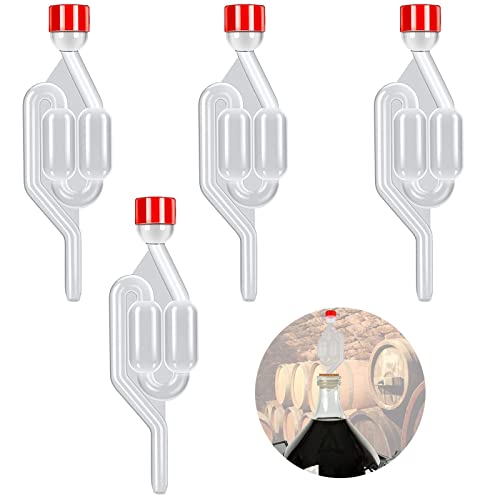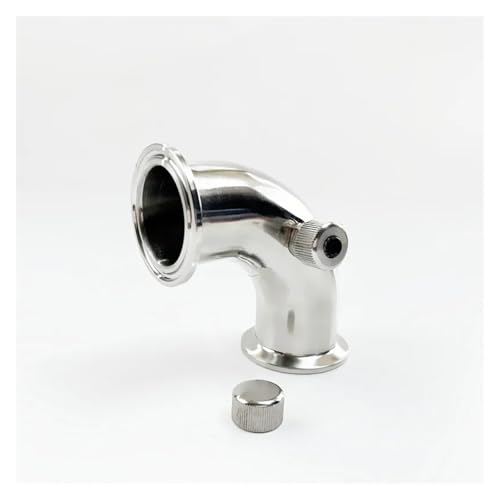Hi Jabber, there is a chance of bottle bombs if you fill too close to the top. I have had one bottle explode since I started topping up. I went into my 'fridge' while the bottles where conditioning at 20°C and found beer all over the bottom. I only found the exploded bottle when I started picking the bottles up. It turns out the bottom of the bottle had separated from the sides in a fairly clean 'cut' all the way round but the bottle was still upright supported by the other bottles. I have bottled hundreds of bottles like this now though, so I can only assume that either this particular bottle had some damage or I double primed it or I had filled it a bit too close to the top.
I usually fill to approximately 5mm from the top. I first squirt a sugar solution from a syringe into each bottle, then I fill with a bottling wand directly from my FV, pull the bottling wand out and carefully top up from a pre-filled beaker, then cap straight away.
I know some people push the bottling wand against the side of the bottle to top up but I found that the beaker is much easier.
If you are concerned about bottle bombs I would suggest filling and capping as described above then depending on where/how you condition the beer, maybe put a box or towel over the bottles so if you do get a bottle bomb you wont run the risk of glass flying everywhere. My conditioning fridge has a lip at the front so I didn't get any beer leakage onto the floor but if thats a risk maybe also put the bottles on something to catch any leaks.
I have recently made an IPA and bottled three tiny 200ml bottles to test if there is a significant loss of flavour/aroma over time. I have filled one bottle to the normal bottling wand height, ie large air gap, and two to 5mm from the top, and capped one with an oxygen scavenging cap and one with a standard cap. I'll open them in a few months time and see if I can notice any difference. I'll post the results when I do.










![BREWING THERMOMETER STICKERS ACCURATELY MONITOR FERMENTING BEER & WINE LIQUID TEMPERATURES 5PCS HOME BREW SPIRITS WINE LCD ADHESIVE [US]](https://m.media-amazon.com/images/I/311DDjo2X3L._SL500_.jpg)





























